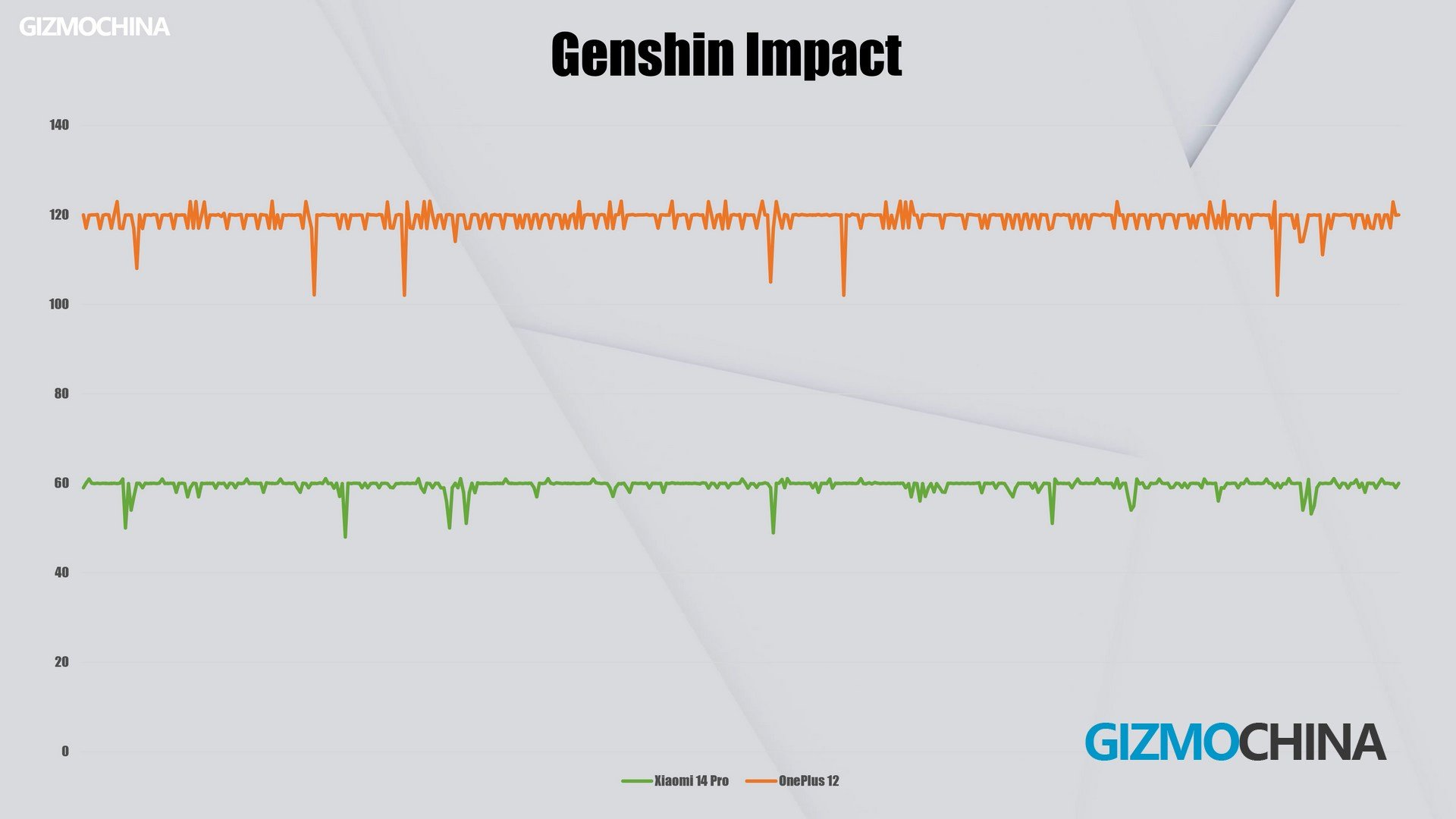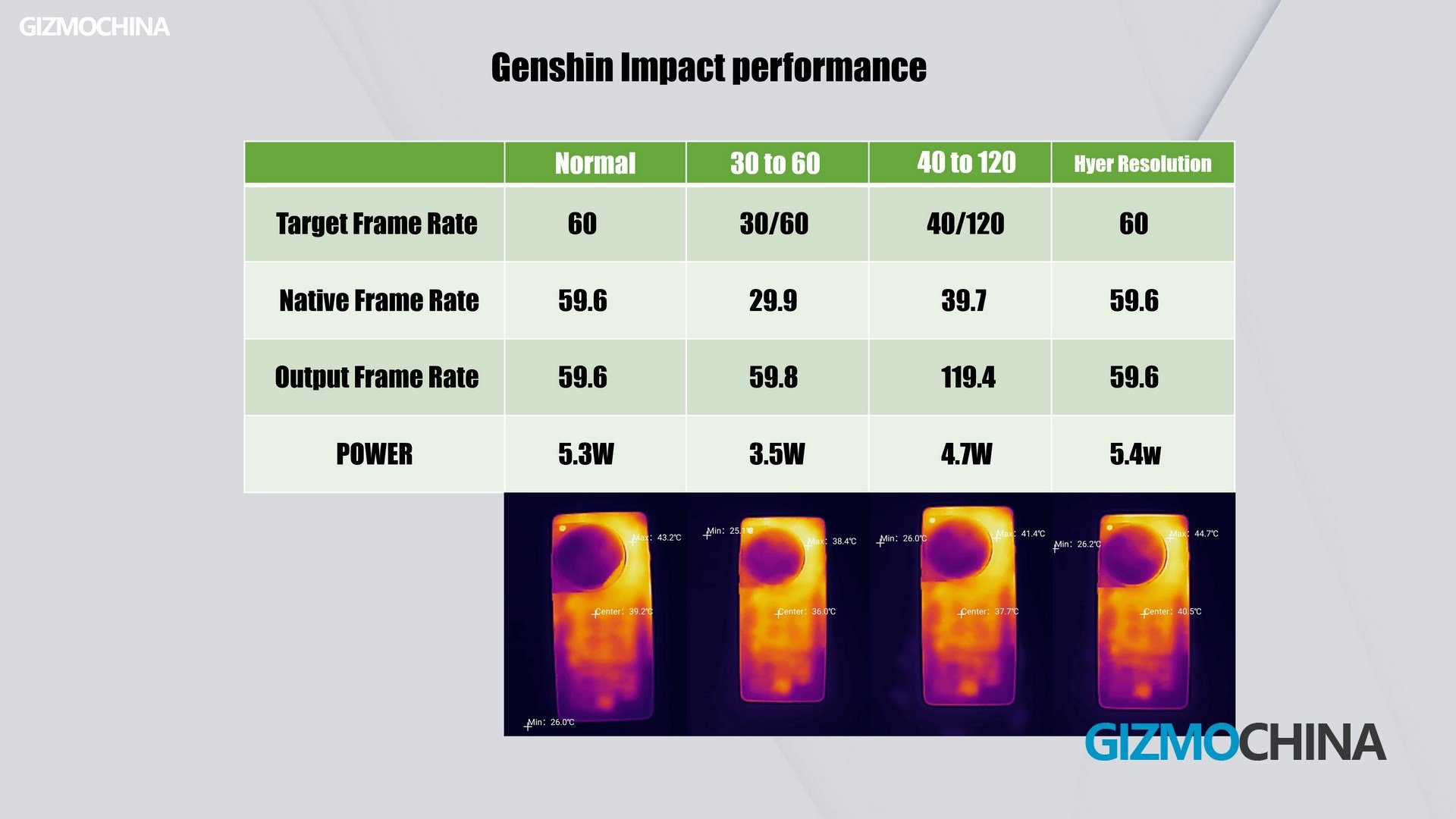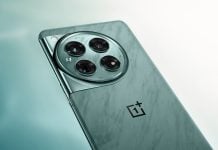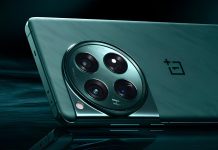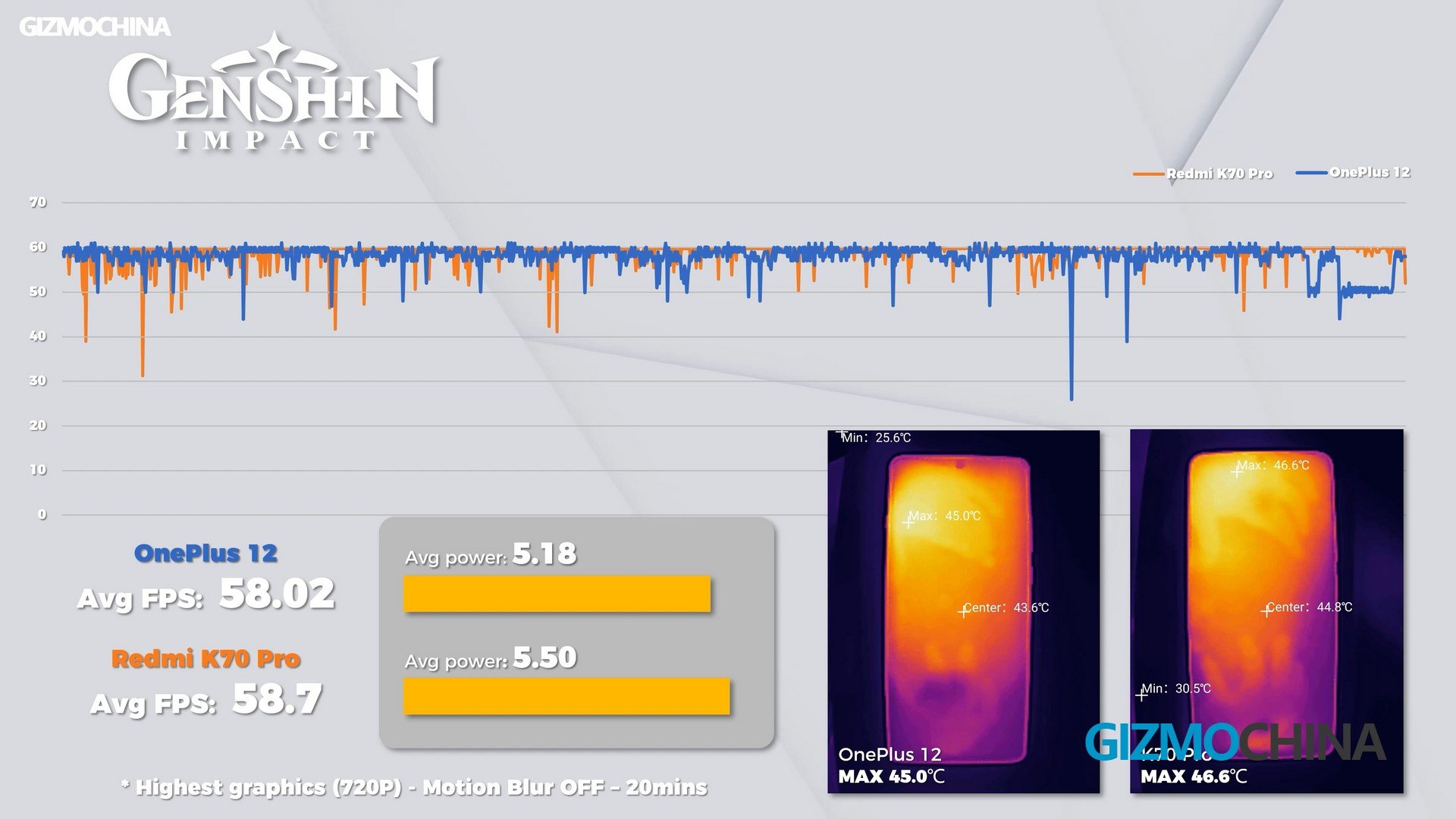
OnePlus 12 x Pixelworks
In the OnePlus 12’s review, we said that the OnePlus 12 didn’t squeeze the full potential of the Snapdragon 8 Gen3. However, I forgot to tell you that it’s not at its best for gaming experience. That’s because yet another chip in this phone hasn’t flexed its muscles, which is the Pixelworks X7 with integrations of the company’s IRX Rendering Acceleration solution and IRX device tuning services.
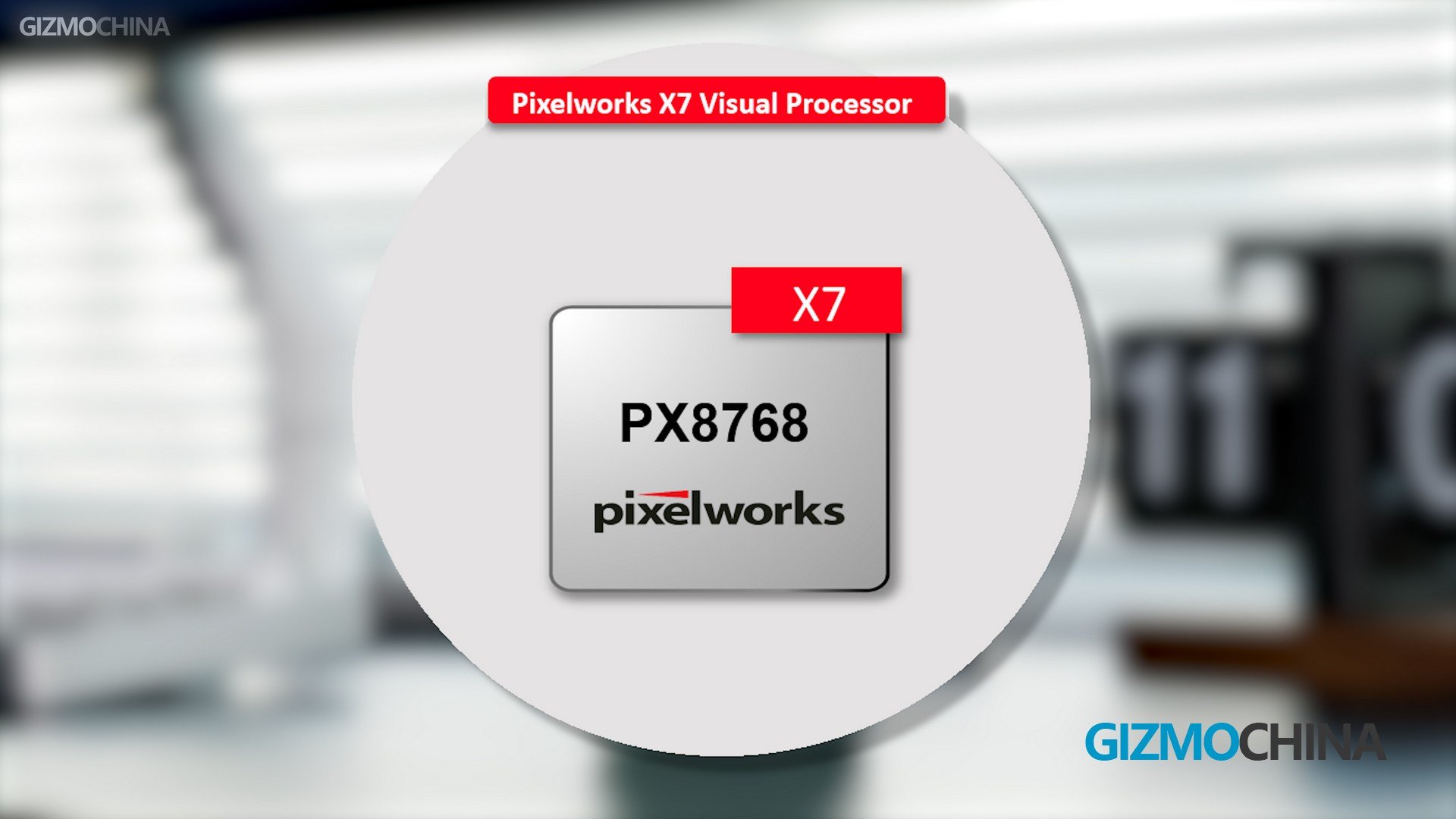
We got the global version of the OnePlus 12 a week ago, so we think this is a very good chance to tell you how this independent chip turns the phone into a super smooth gaming phone, but meanwhile, stay cool and chill.
Pixelworks X7 Independent Visual Processor
I’m sure you’ve heard of Pixelworks, they’ve been working on making smartphones obtain better gaming experience since 2016. The company has more than 20 years of history delivering innovative image-processing solutions to consumer electronics, professional displays, and video streaming services. The Pixelworks X7 is the most comprehensive visual processor designed for flagships and high-performance smartphones.
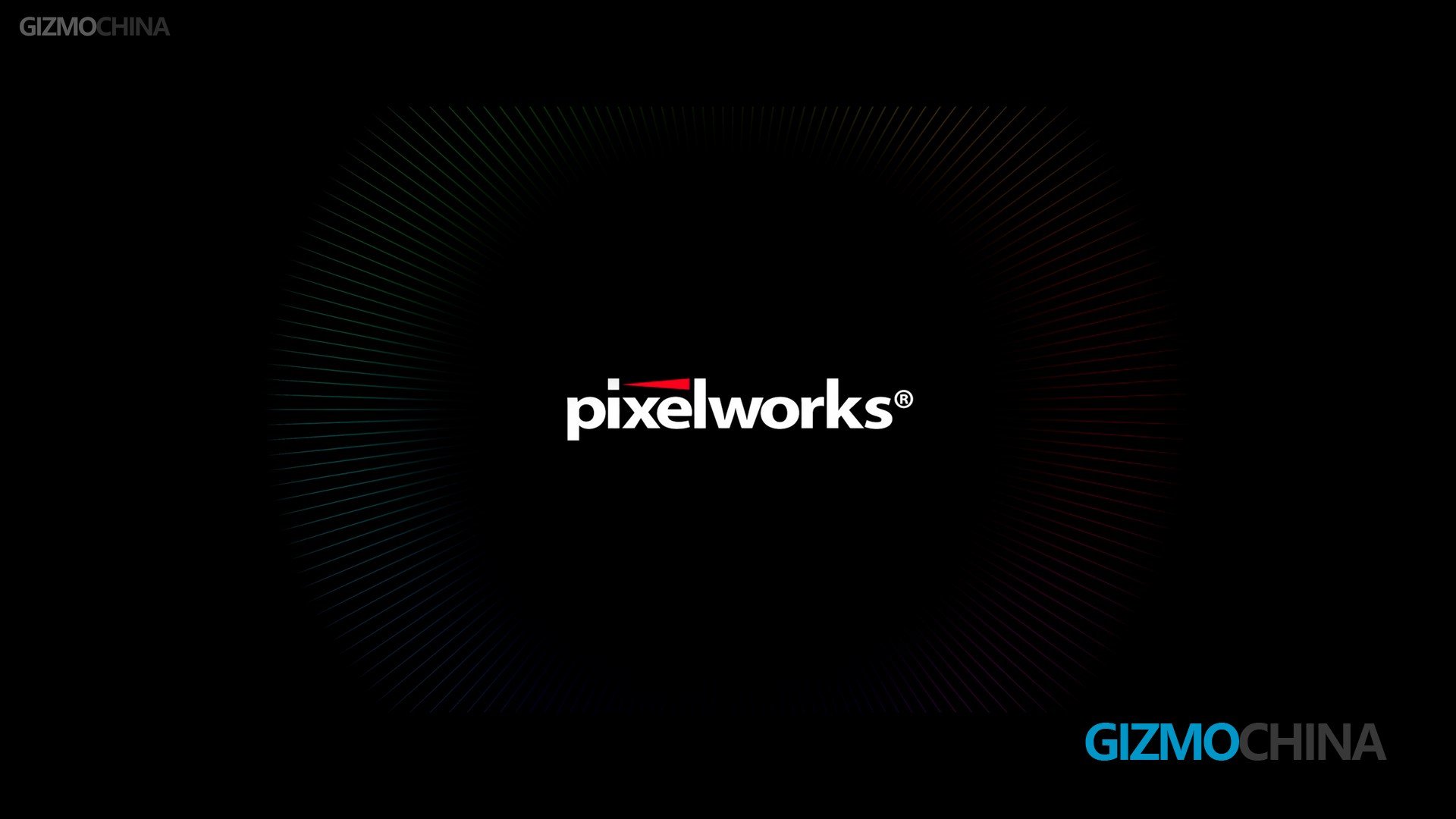
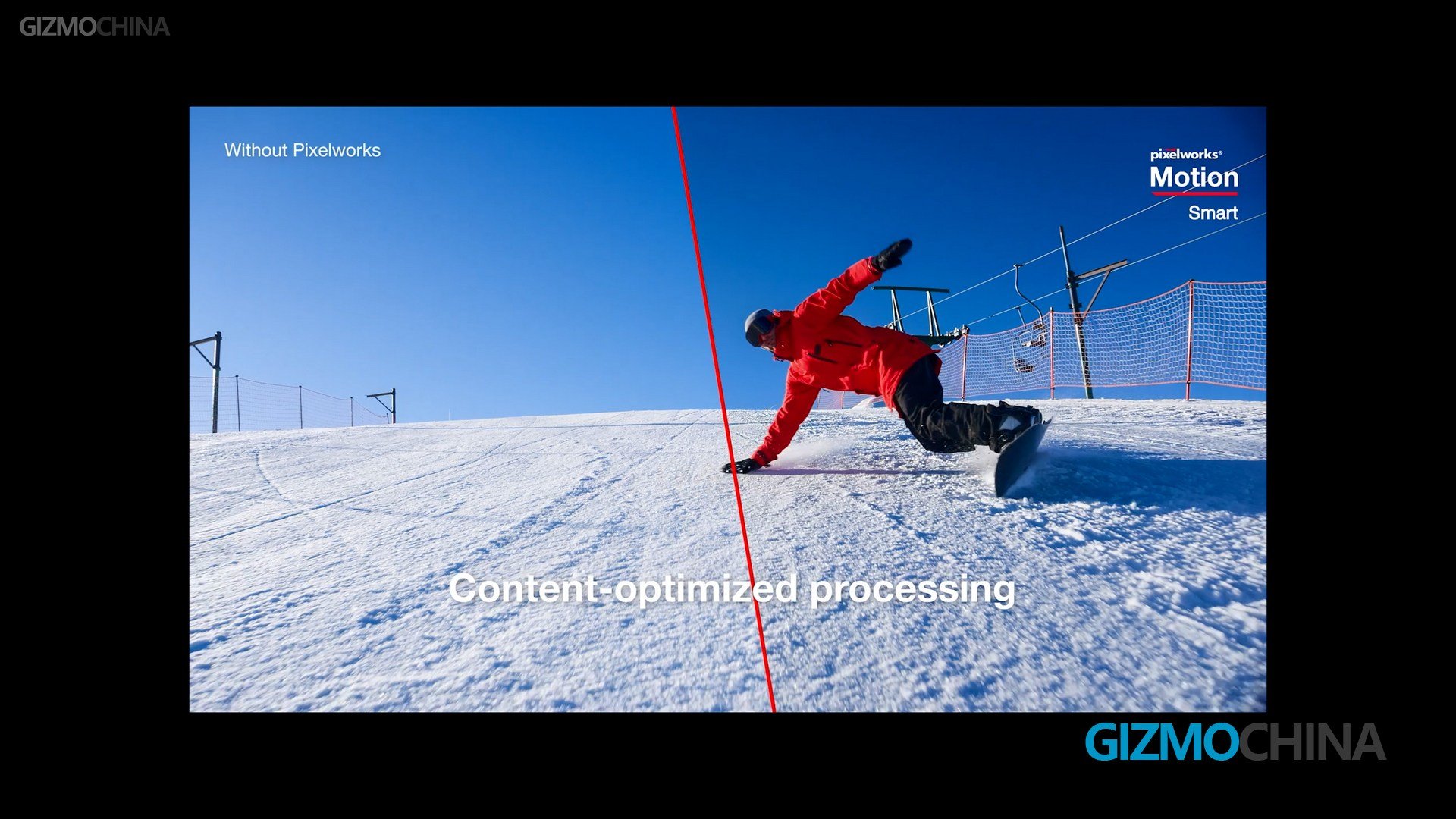
IRX Gaming Experience
It delivers higher frame rates, higher resolutions, and detailed graphics without draining excessive power. The just-released OnePlus 12 global version is armored with the X7 visual processor and IRX technology certification to deliver IRX gaming experience. It really isn’t a gimmick this time, and we’ll show you the upgrades in an easy-to-understand way.
Now we’re in Genshin Impact, and I’m having my character running around. The gaming experience is actually not bad right now, after all the OnePlus 12 is also a flagship phone. Just keep the graphics in mind, as
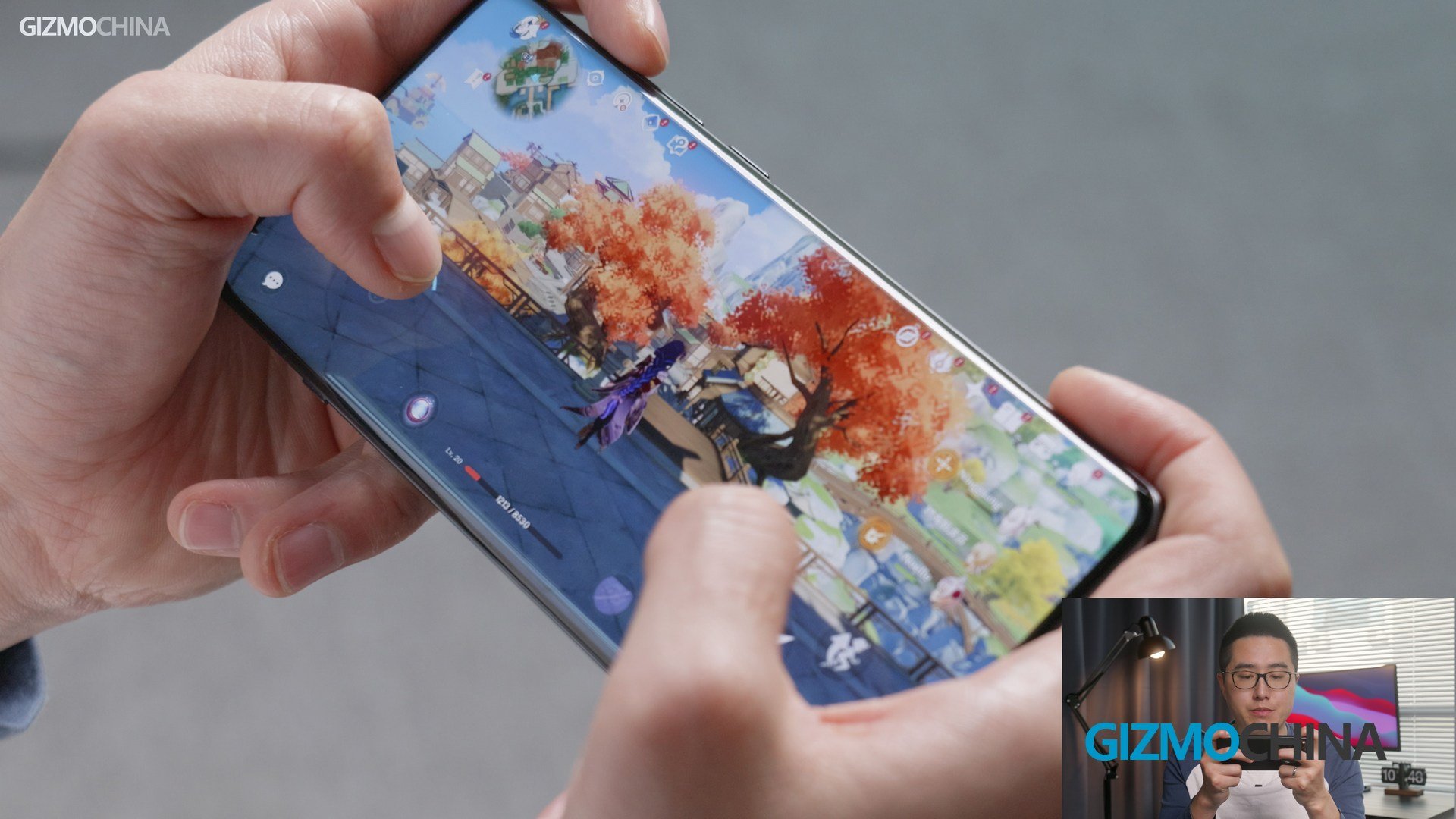
this gaming experience will be taken to the next level. Slide down from the bottom right corner to open the Gaming Center, now you can see the main features that are only available with the X7 visual processor: Adaptive Frame Booster and Hyper Resolution.
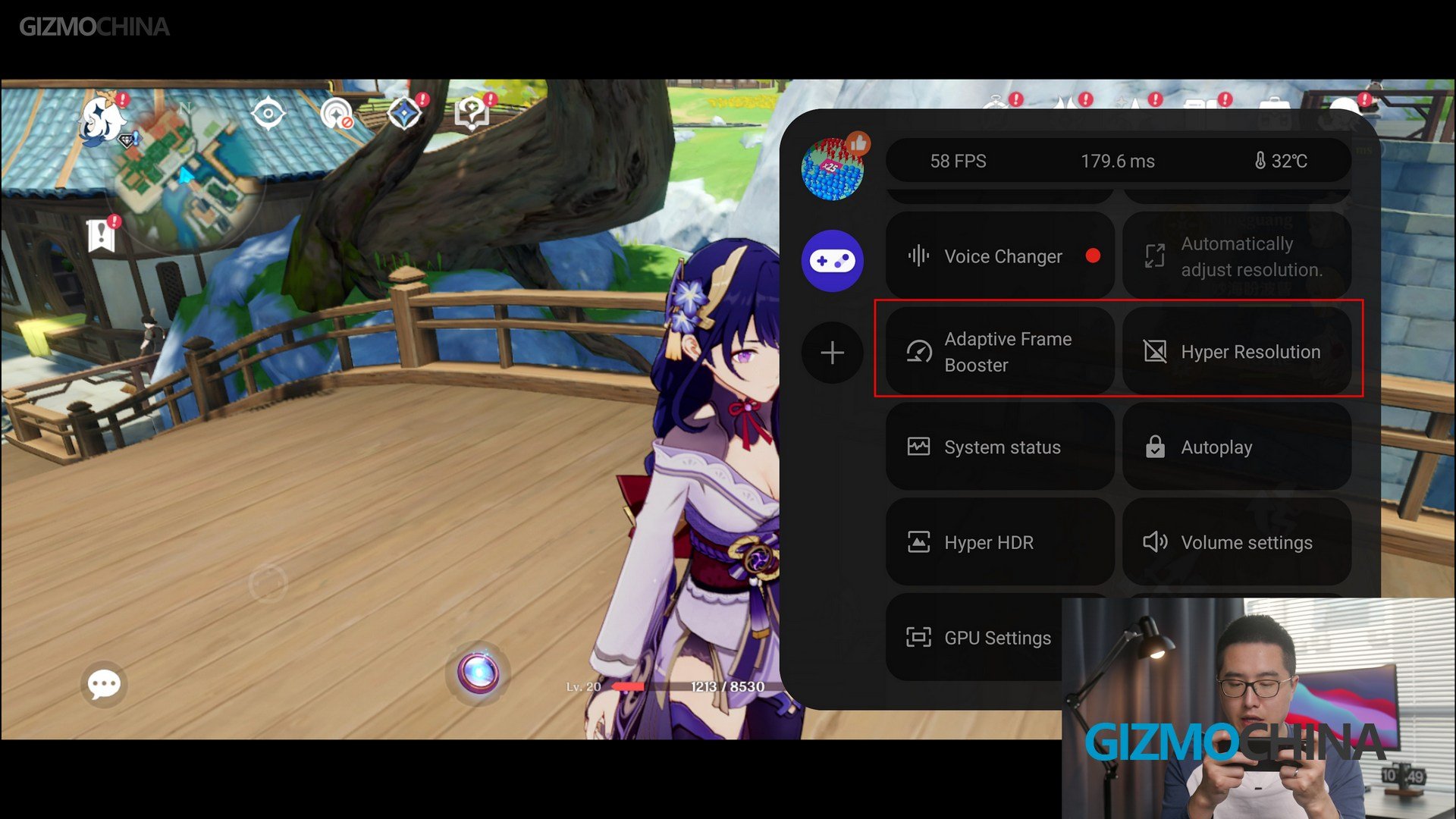
We used to see similar features on other phones, but almost all of them cannot work together at the same time. While the most surprising thing is that on this OnePlus 12 driven by the Pixelworks X7, you can activate both Adaptive Frame Booster and Hyper Resolution at the same time, enjoying higher framerate and better graphic details.
Now let’s go back to the game and take a look around. Can you feel the difference?
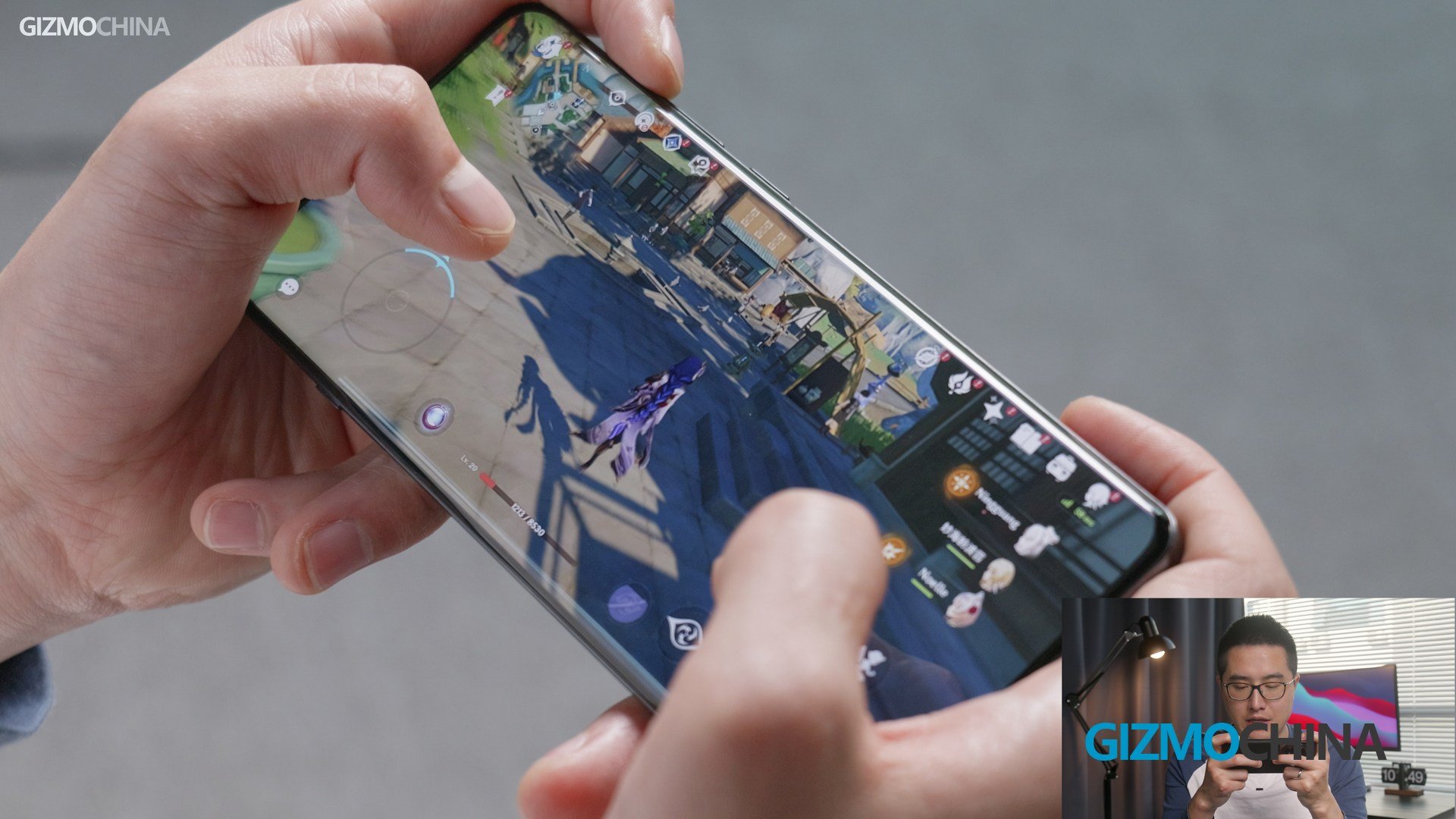
Gaming Tests
Actually, you may not be able to see much of a difference due to the resolution of the phone’s Screen recording and the framerate of our video. Don’t worry, I’ll show you the difference in slow-motion videos, and much closer shots, with screenshots as well. Visually they really do look like a completely different experience, and if your eyes are sensitive enough, the images are not only more detailed, but the motion is also much smoother. This is really more natural and smoother than any of our previous test results on Genshin Impact.
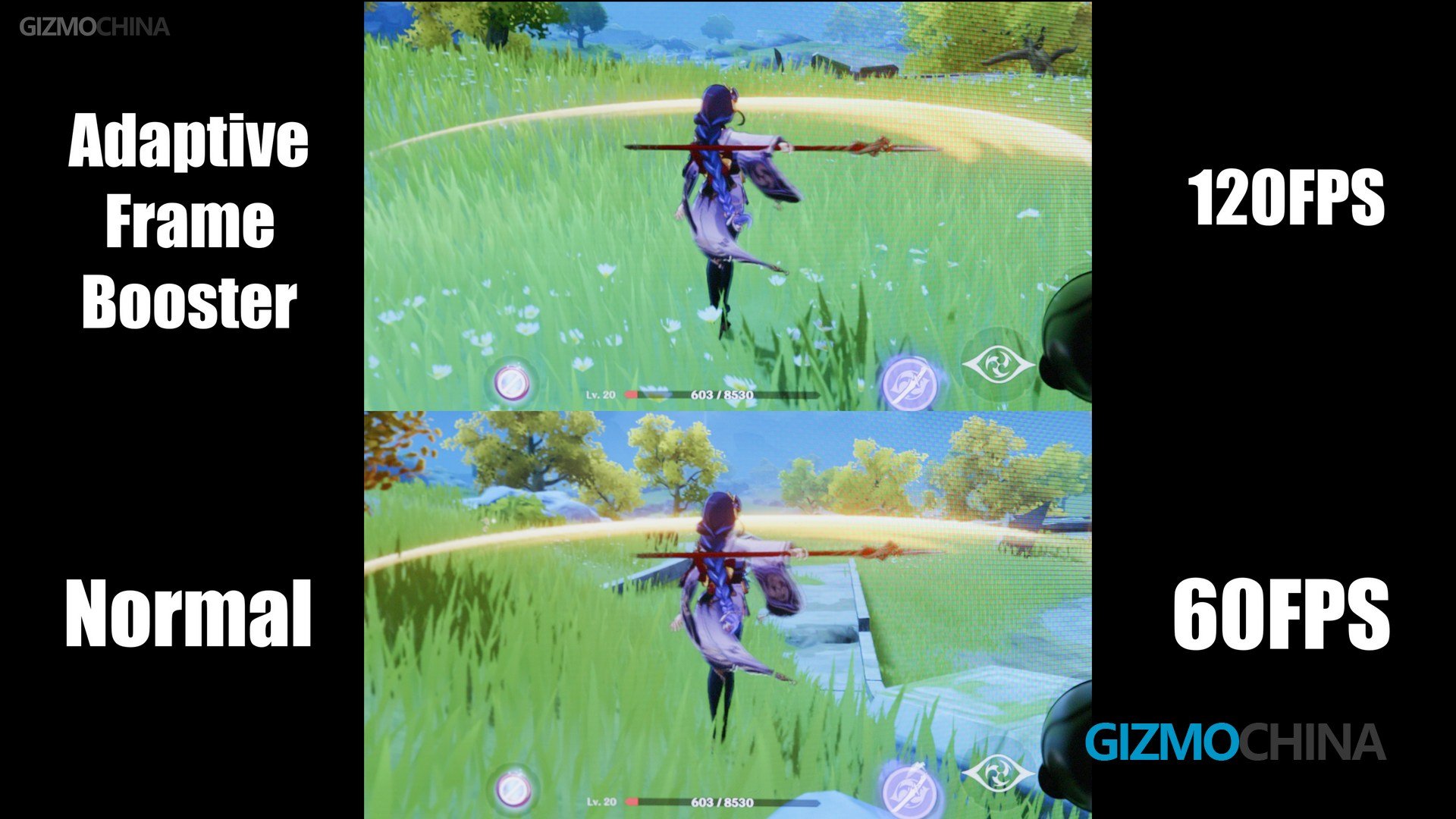
For example, in this scene, after turning on Hyper Resolution, you can obviously see that the image and edges get sharper. The texture of the wall here can be more clearly presented, which is something that used to be found only with desktop-level graphic hardware. The whole graphics just look more delicate. Almost all mobile games are wasting these phones’ displays, so I’m really glad the OnePlus 12 can put it to better use with the X7 visual processor.
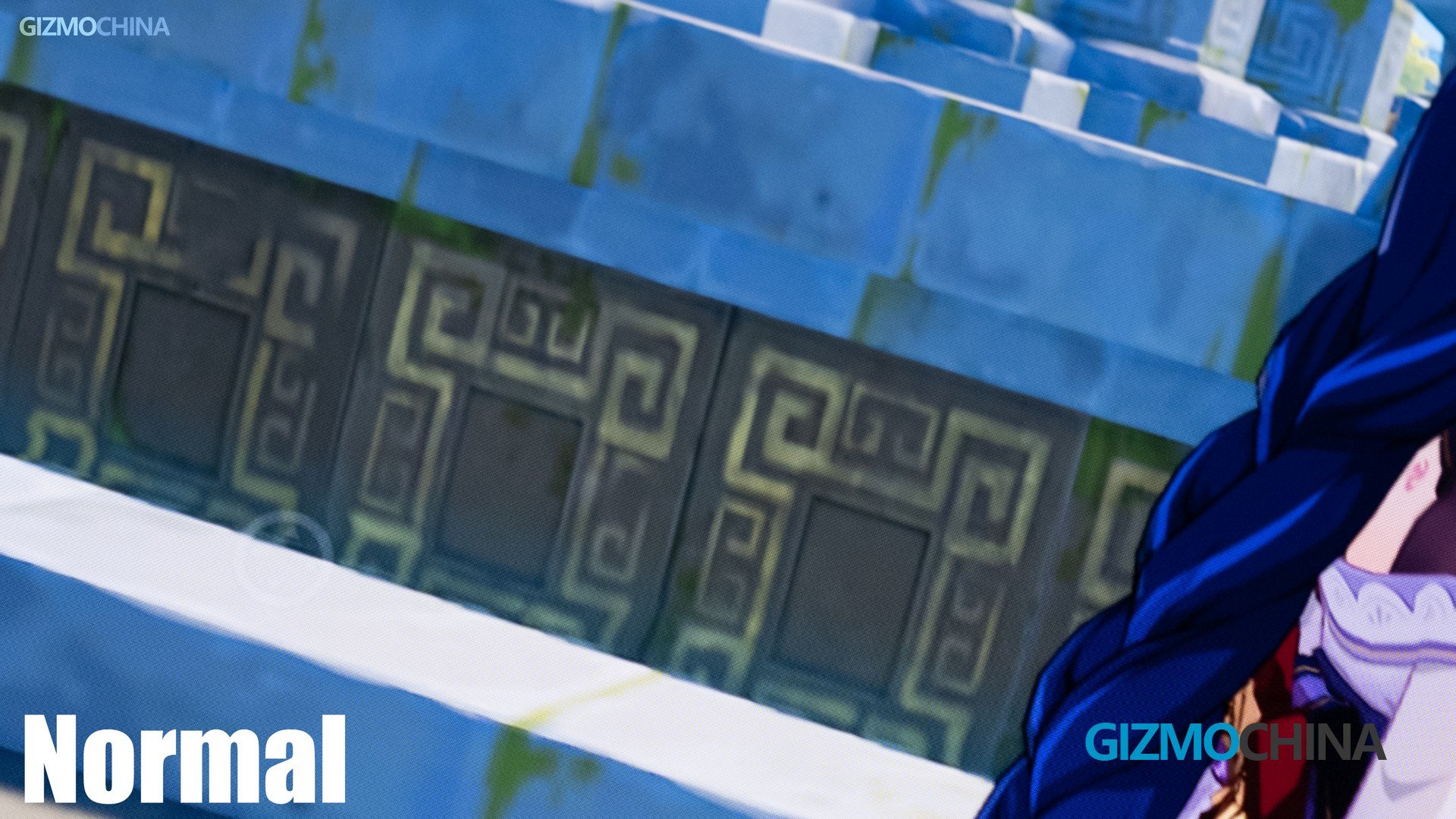
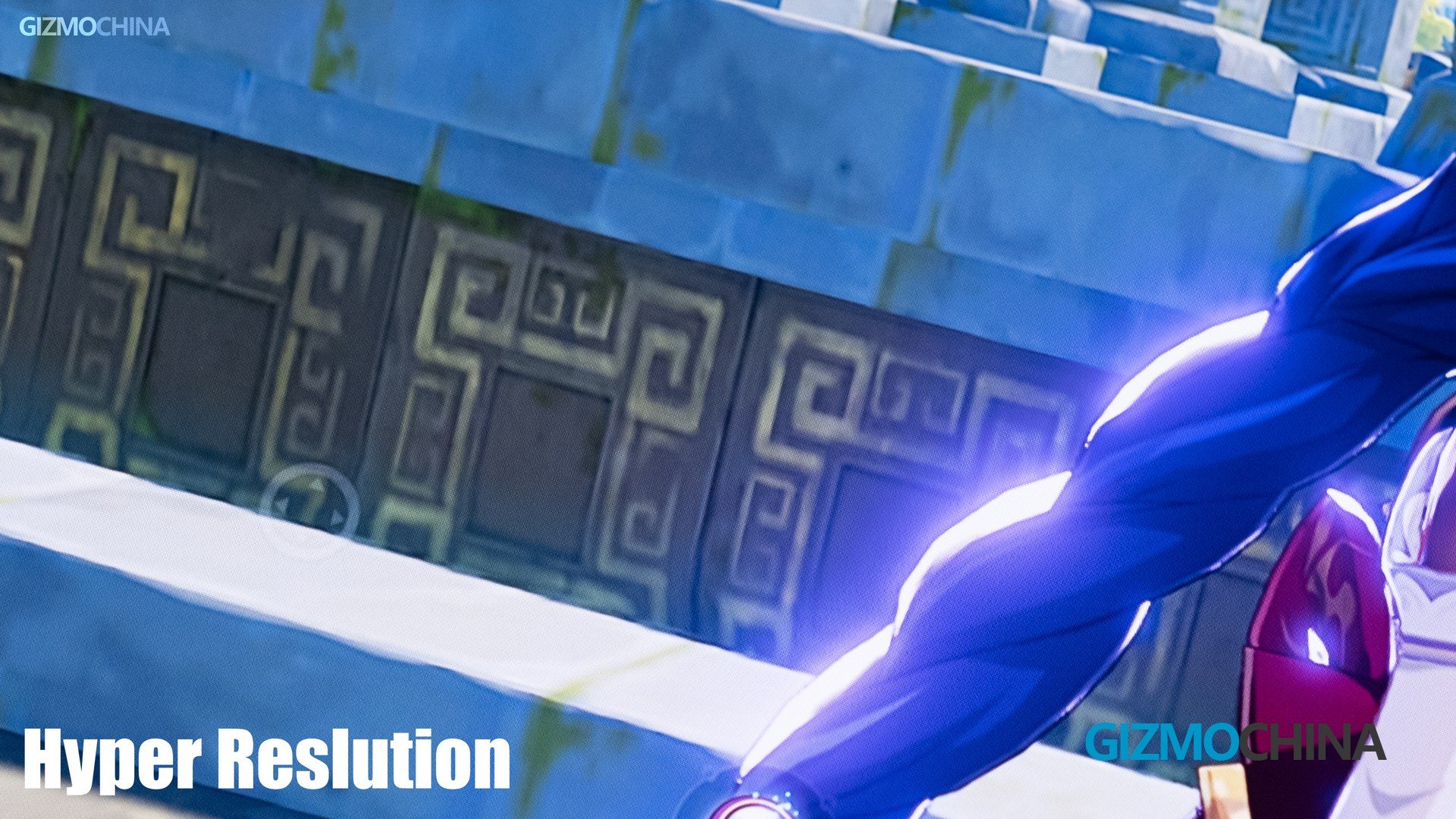
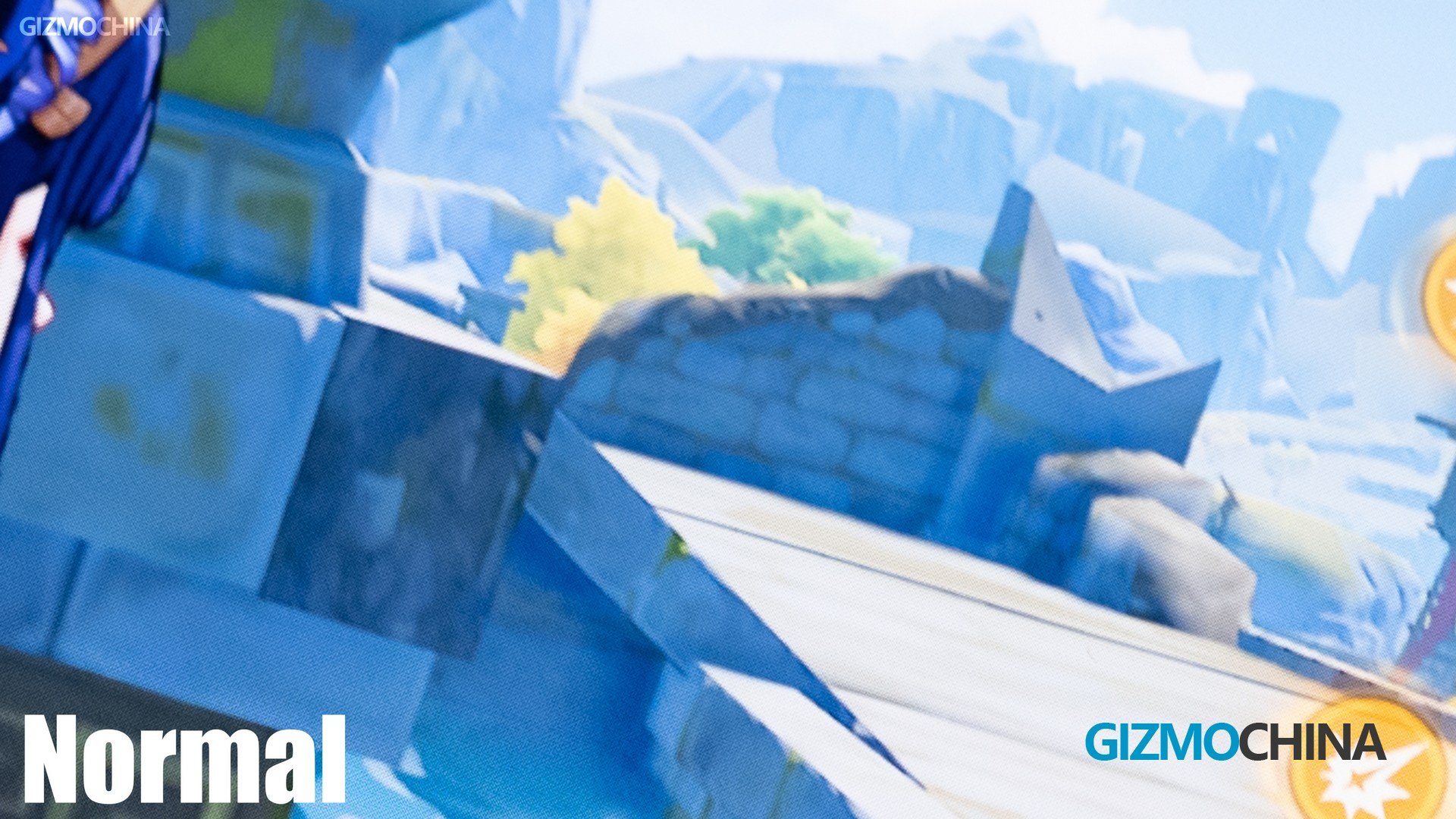
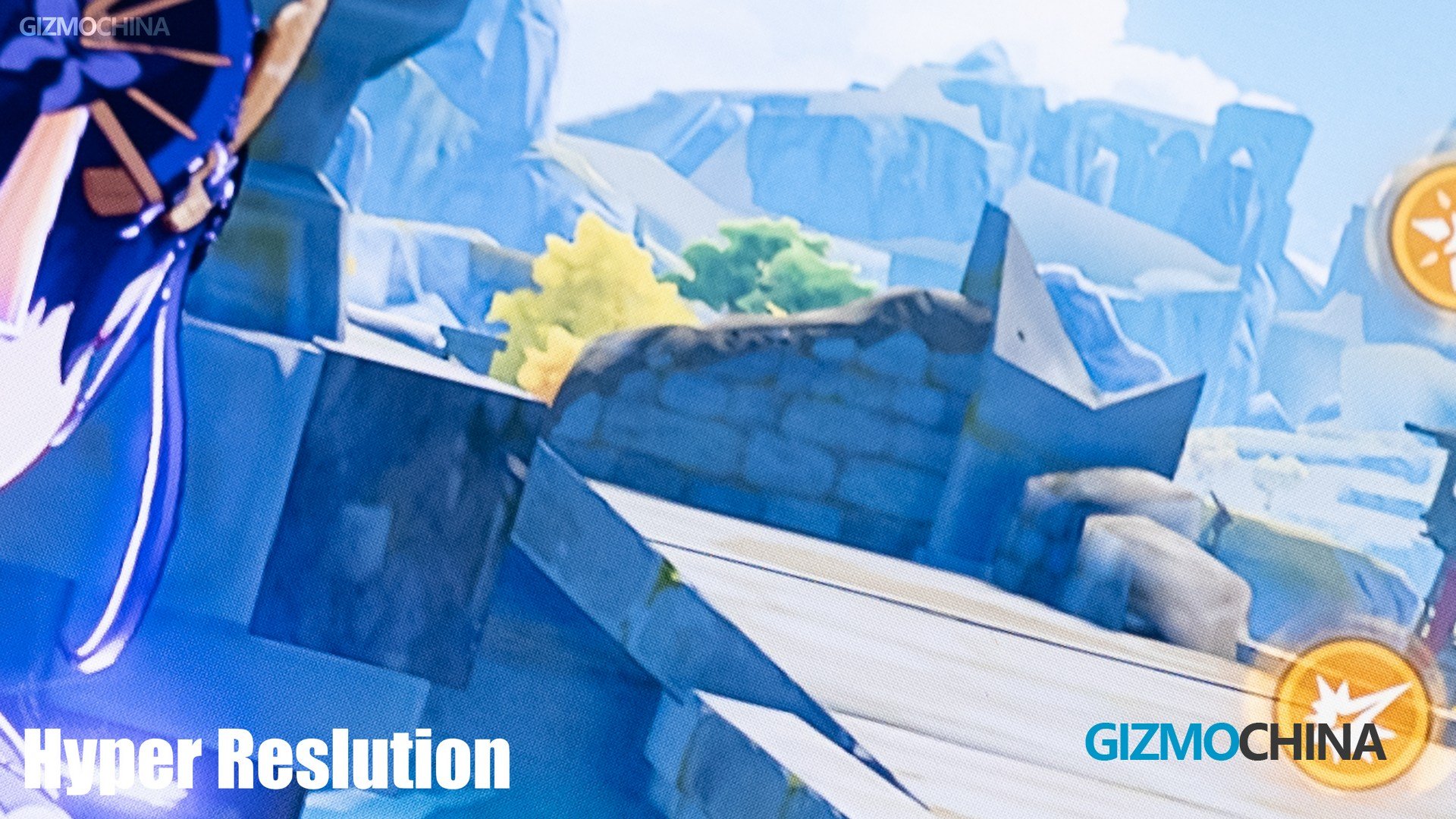
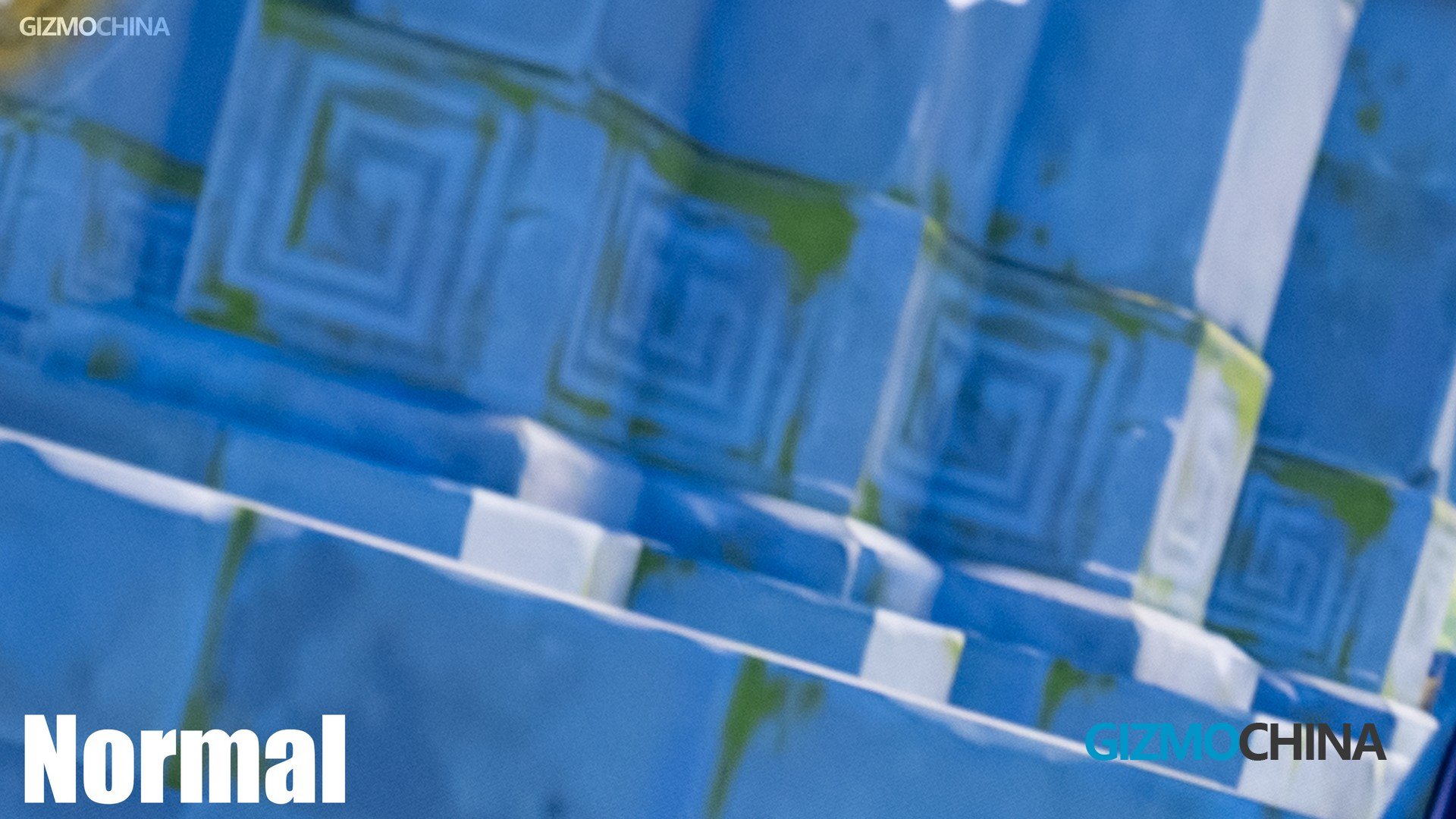
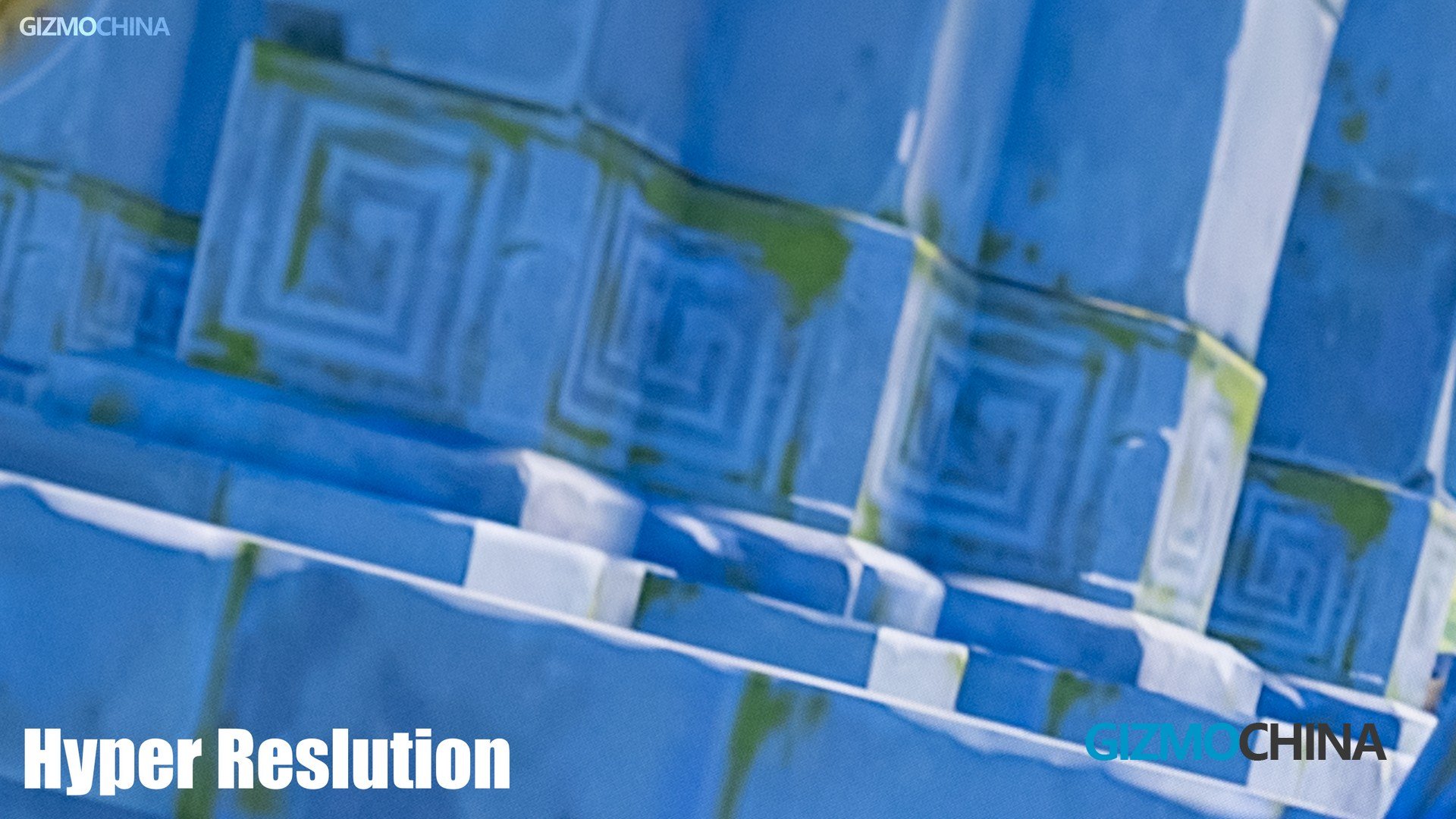
To verify its actual boosting effect, we also did some tests apart from observing with our eyes.
In addition to learning the gap between these two features on and off on the OnePlus 12, we also brought a Xiaomi 14 Pro as a reference for comparison, and they are both powered by the Snapdragon 8Gen3 chip. Here let’s see how the OnePlus 12 with the X7 processor challenges its rivals.
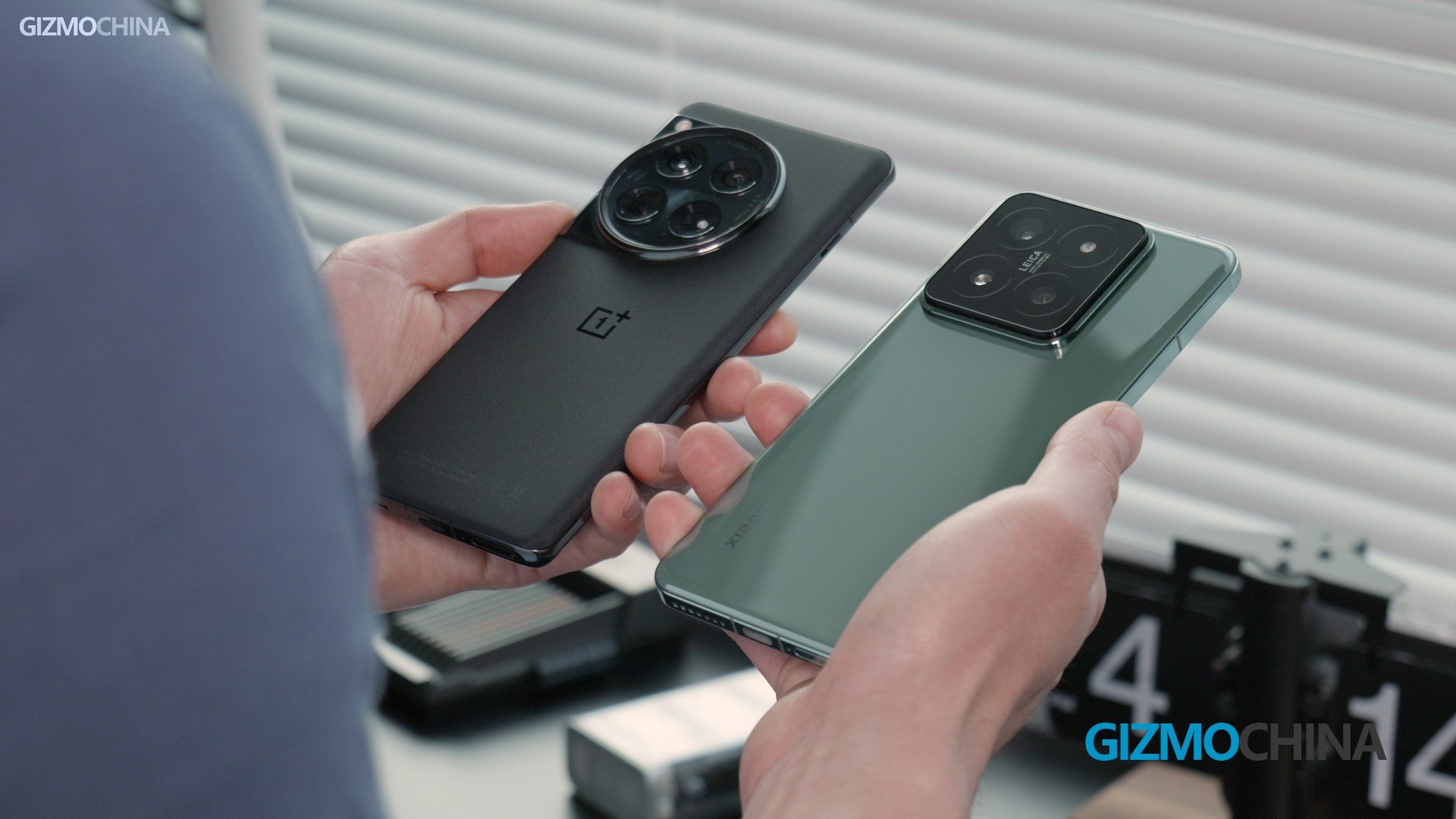
After turning on Adaptive Frame Booster, the OnePlus 12 just kept Genshin Impact running at 120fps, while the Xiaomi 14 Pro does have to take the face of the game’s frame lock at 60fps.
As the X7 visual processor helps the GPU share the rendering pressure, the whole gaming on OnePlus 12 is less fluctuated but surprisingly smooth. I barely noticed the lag due to any framerate jitters. There is no doubt that the OnePlus 12 has a better gaming experience during the tests.
At the same time, another benefit is that: the OnePlus 12 was achieving smooth 120fps at the display end while its GPU was running at 40fps, so it even consumed less power than the Xiaomi 14 Pro!
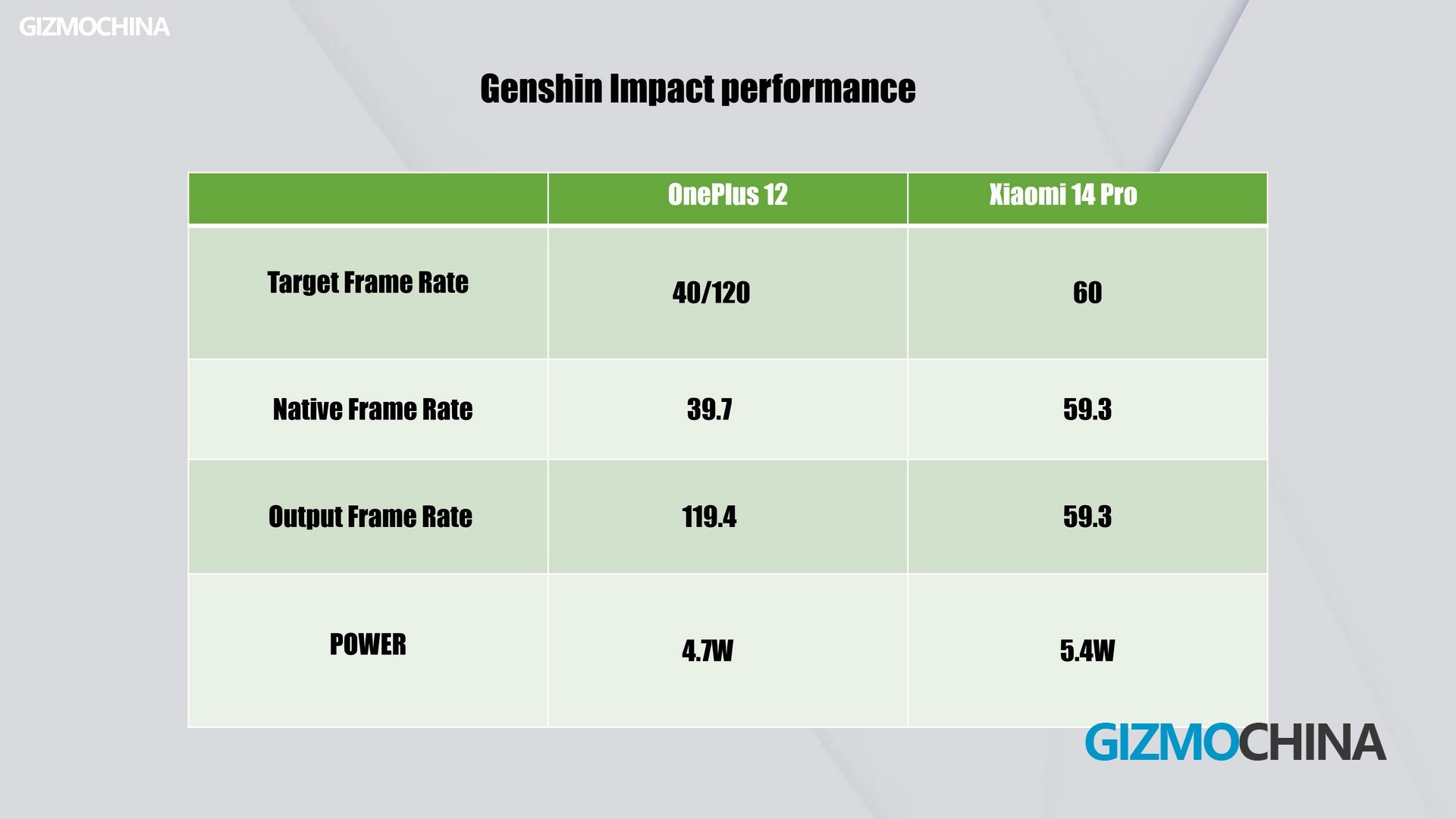
As you can see, OnePlus 12’s power consumption is instead lower with higher-framerate gaming. Being power-saving during gaming is what those phone brands should figure out in the future. After all, playing games with a charging cable plugged in is always a terrible experience.
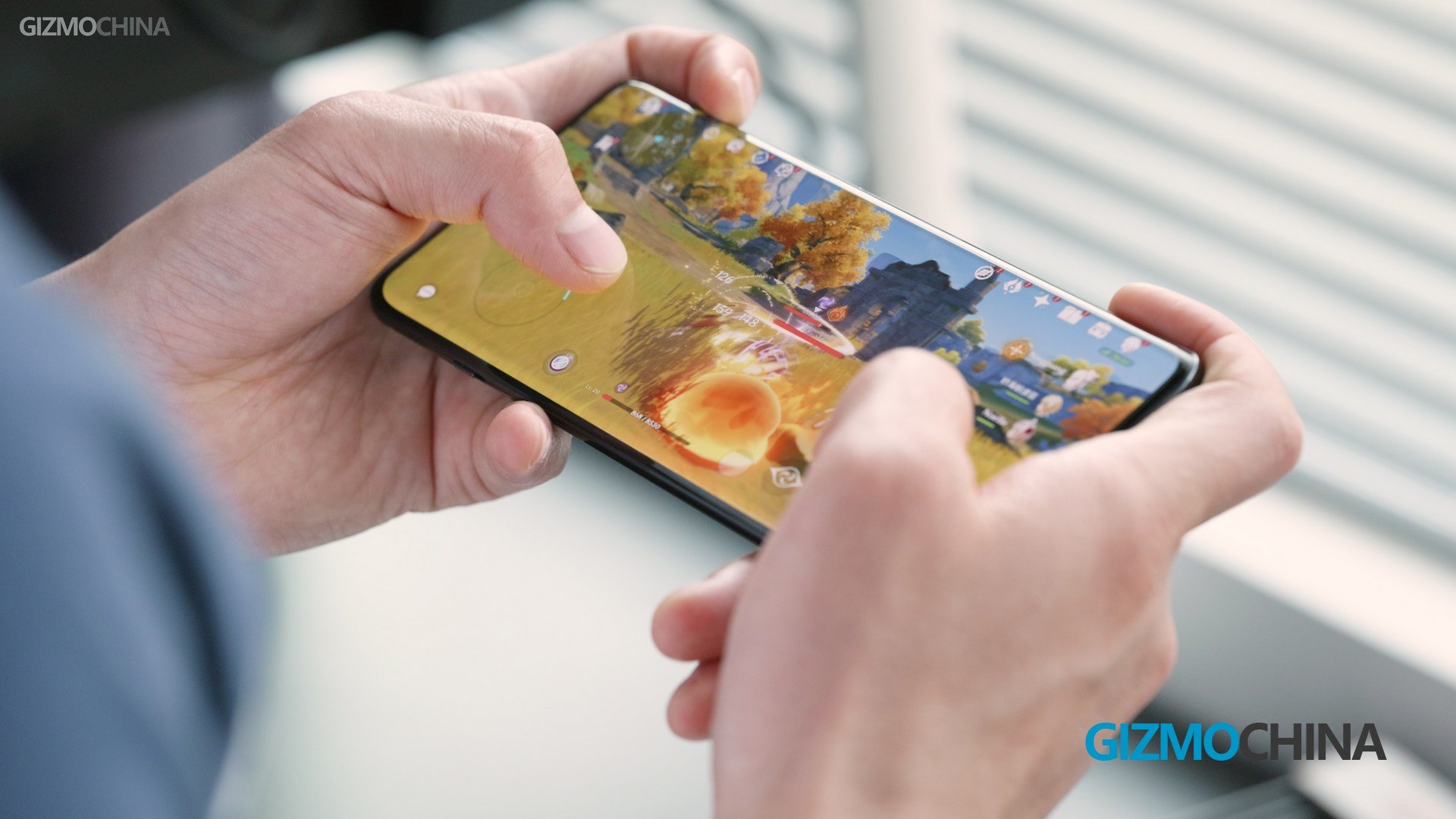
Overheating is always another big problem for mobile gaming. But this time, with the X7 processor providing rendering support and freeing up the CPU and GPU, the phone didn’t get heated up easily. After 20-min gaming test, they both have good temperature control, but the max temperature we detected on Xiaomi 14 Pro was still a bit higher.
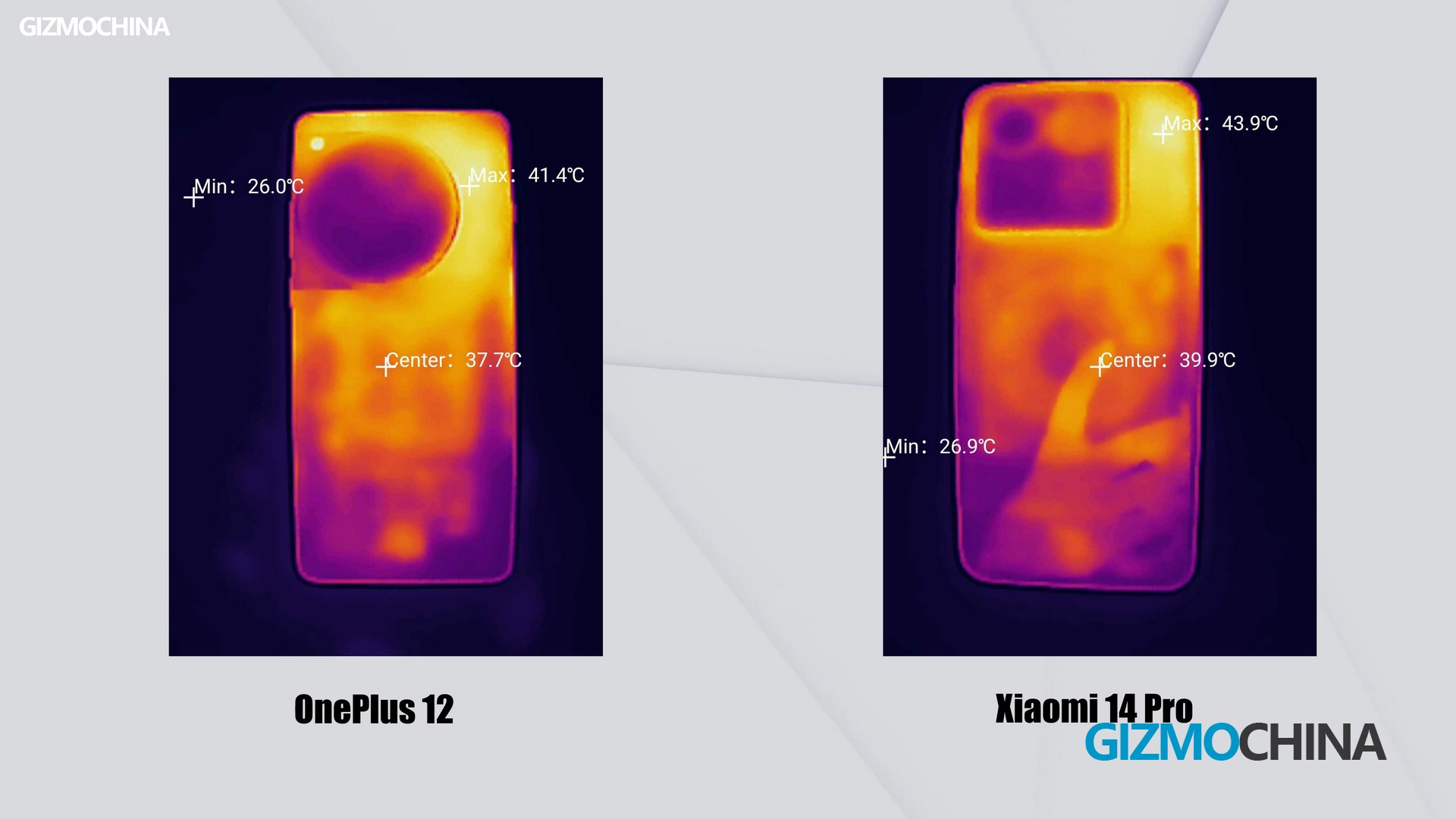
Meanwhile, we still have concerns about gaming latency when turned on frame interpolation. So let’s test the touch latency in another game, PUBG mobile.
The FPS game is a perfect option to showcase the concerns. And I called up my colleague for a blind test. Since most phones aren’t thoroughly optimized for touch latency, while the OnePlus 12’s frame booster doesn’t seem to produce noticeable latency, it was almost impossible for him to tell which test was the result of the frame booster.
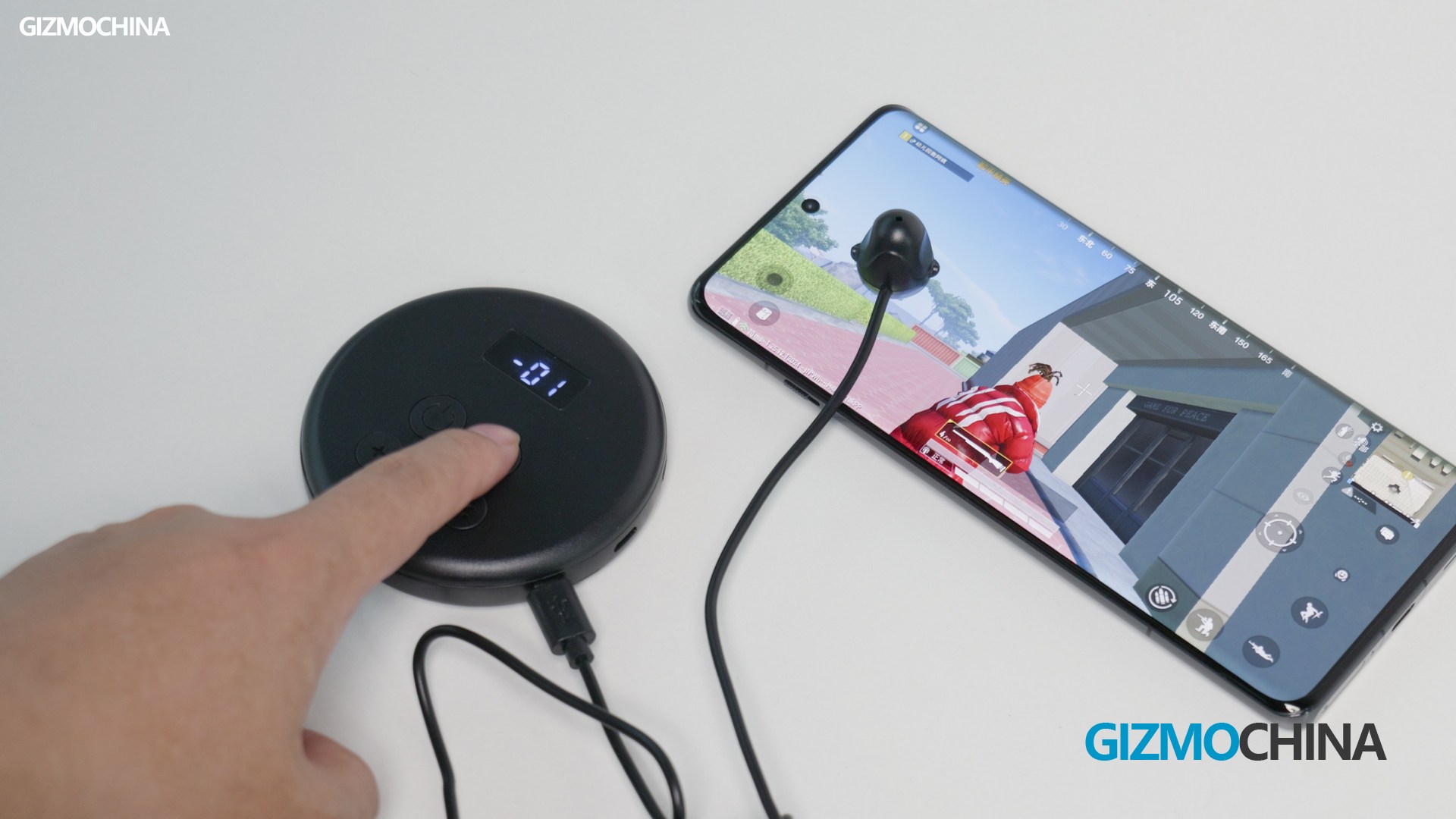
Extremely Low Latency Added
Then I had to use the slow-motion video again to confirm how much latency was added. By comparing in slow motion, turning on this feature did increase the touch latency by roughly 20 milliseconds. So if it were you, would you be able to detect the gap?
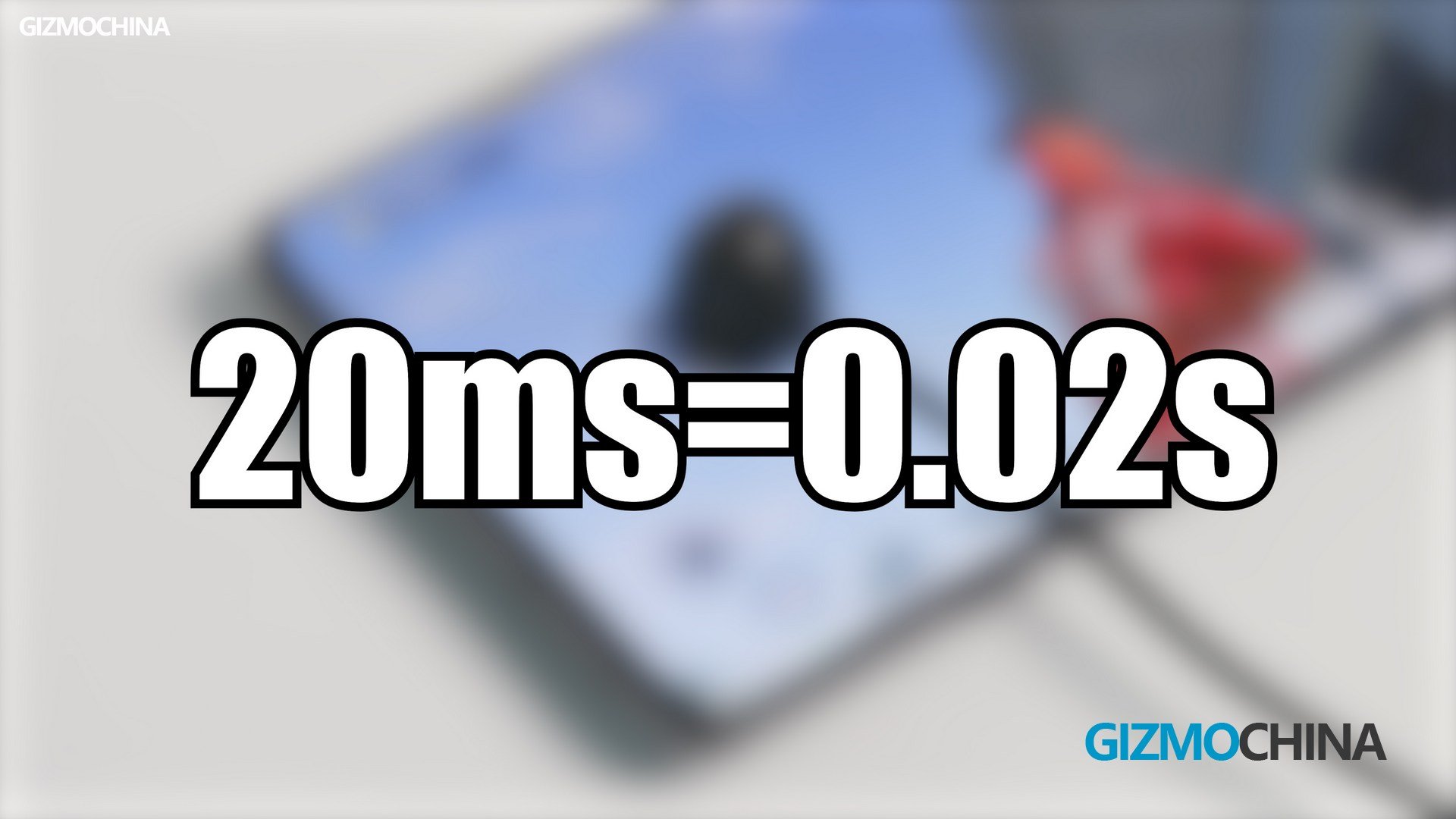
To support more devices getting the same results we just showed you, Pixelworks just rolled out a tech brand: the IRX gaming experience Brand. The IRX gaming experience brand aims to outdo traditional rendering solutions with high framerates, high resolutions, and detailed graphics solutions but without draining excessive power.
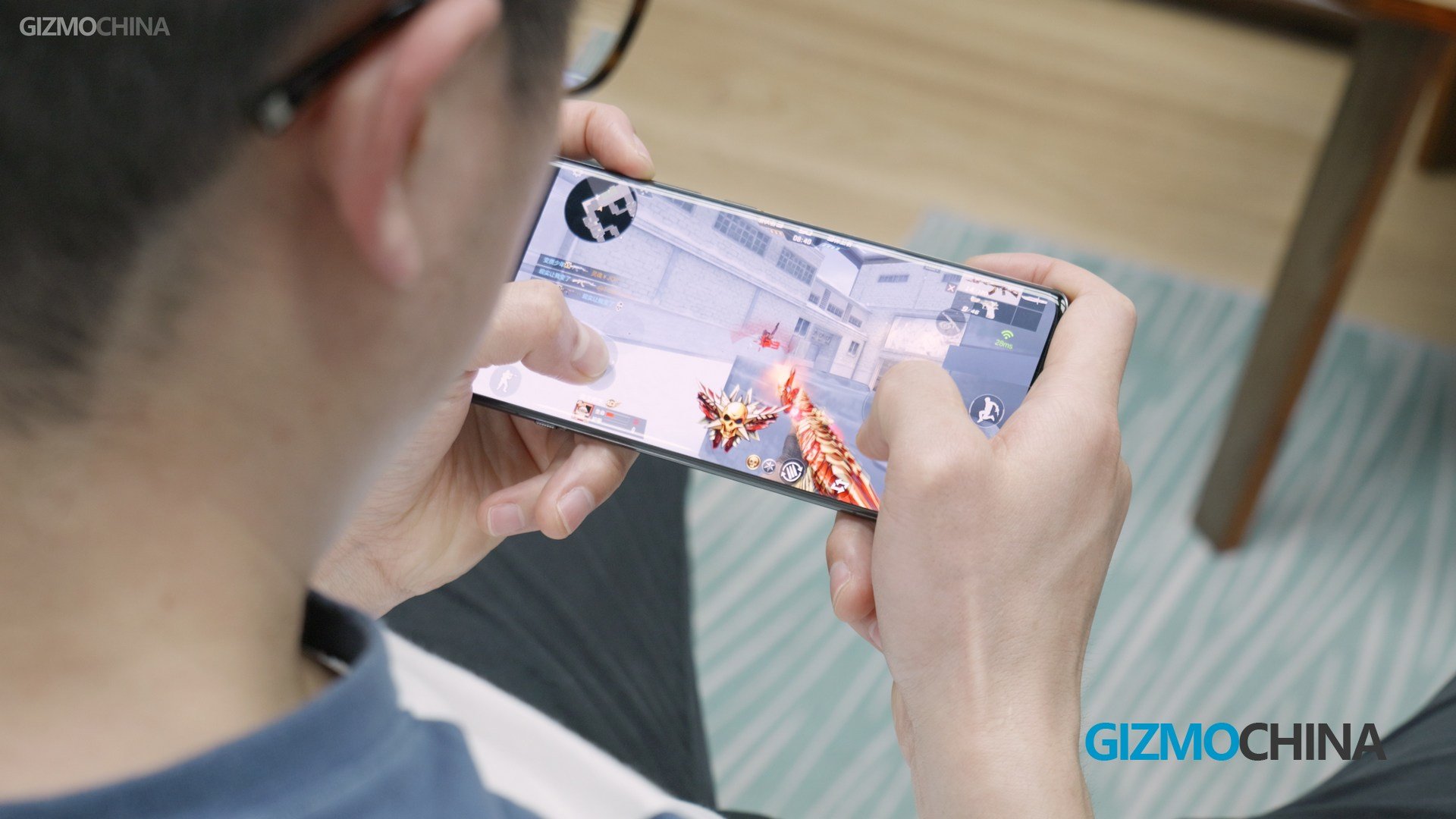
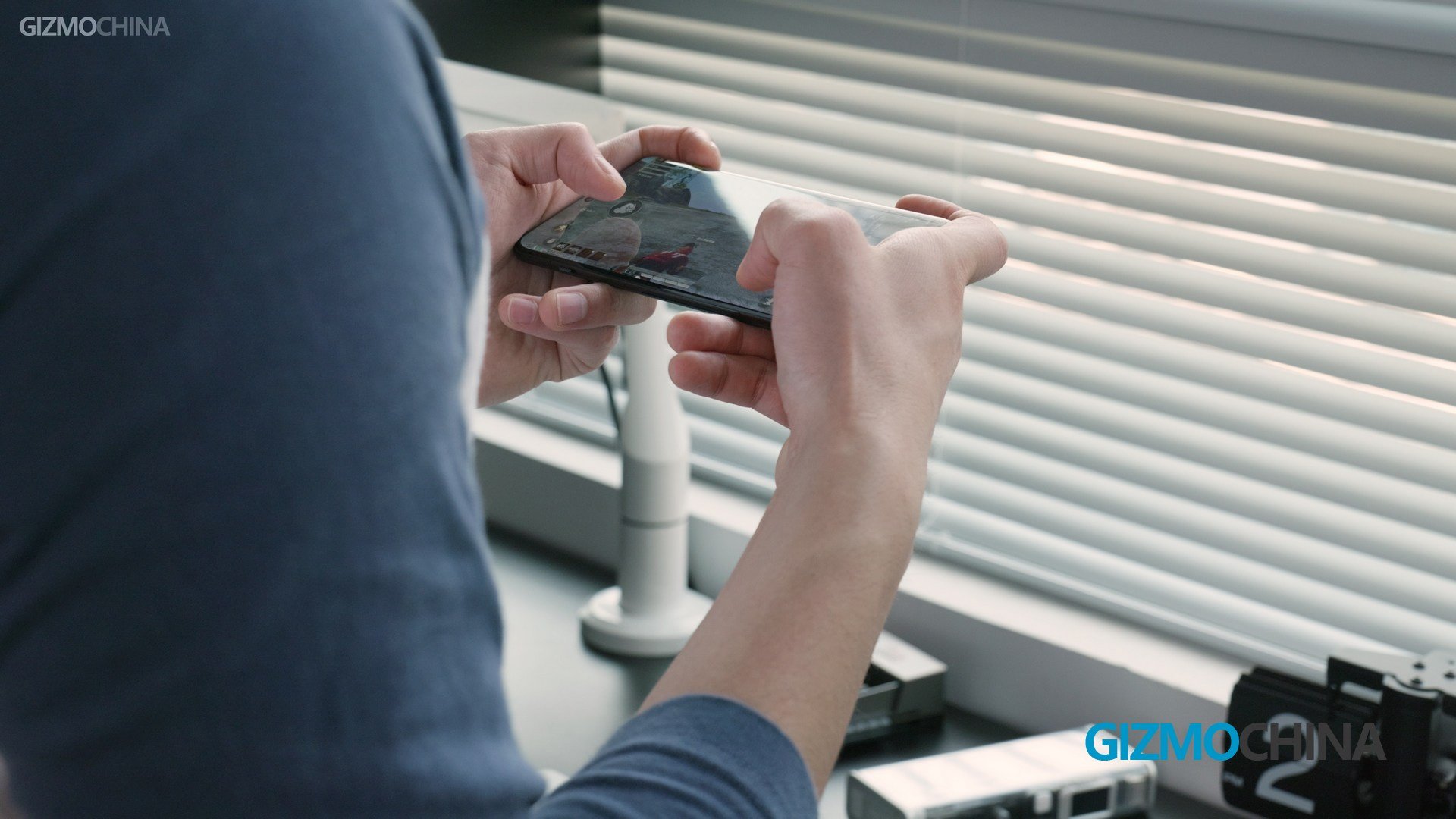
Verdict
Simply put: IRX Certified phones epitomize the advantages of Pixelworks’ professional visual processing technologies ( e.g. MEMC & Super-resolution) and profound expertise in mobile gaming performance and picture quality tunning to ensuring a great IRX gaming experience featuring silky-smooth motion, high-fidelity visual effects, and a sustained cool handling.
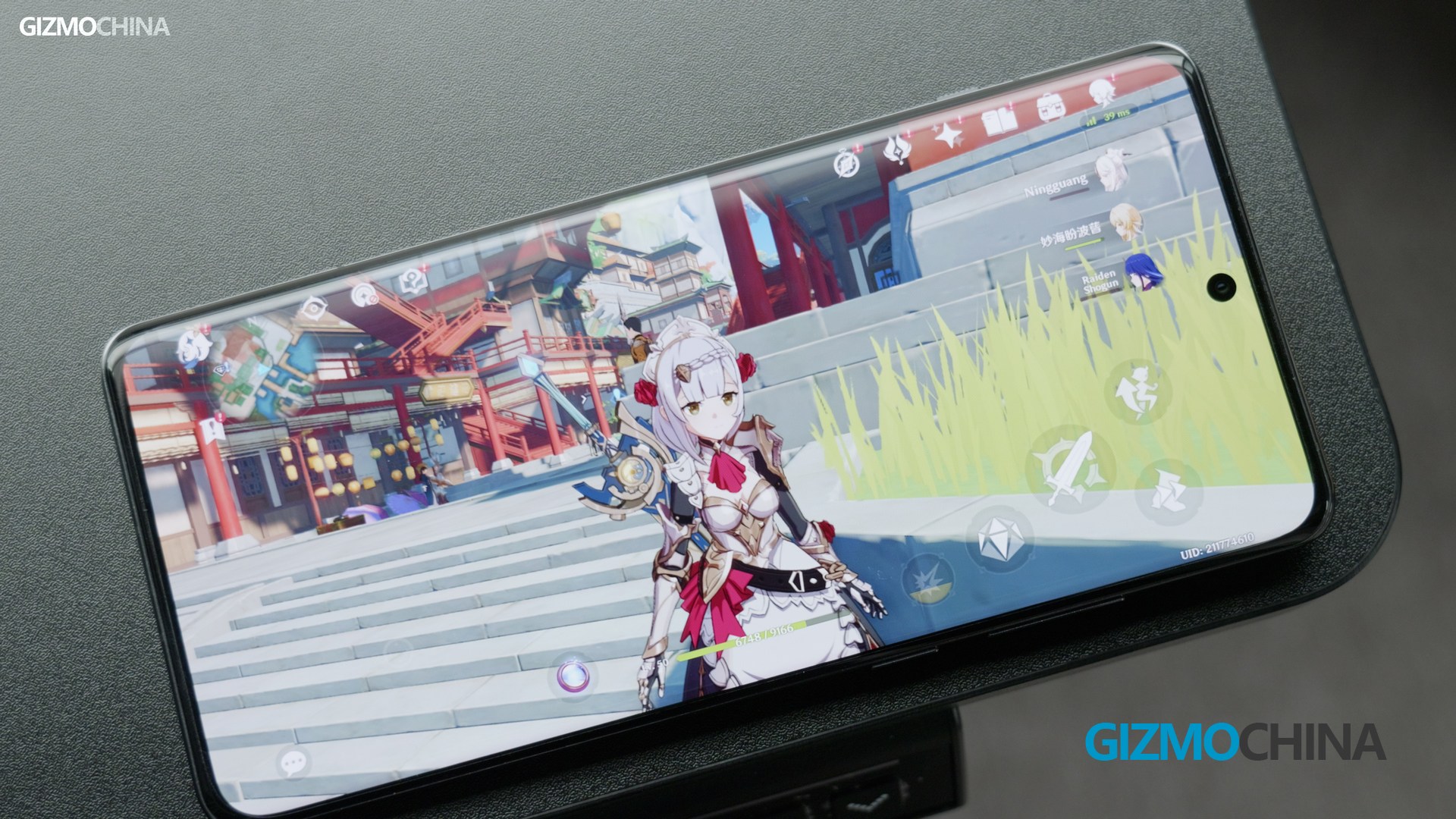
In addition to Genshin Impact and PUBG Mobile we showed here, IRX also supports a great number of top mobile games. Now the OnePlus 12 is the Only Globally Launched smartphone that passed IRX certification, and we learn that Pixelworks has promised that more phones and games will pass this certification soon. So mobile gamers, stay tuned!
We really want to show you how mobile gaming is going to evolve, as we’re excited to see something happening on the compact machines. I don’t know if you have more ideas about the Pixelworks‘ X7 visual processor and IRX gaming experience for the OnePlus 12. But Pixelworks’ idea of bringing a technology that used to be part of TVs to smartphones is genius. As it does benefit a lot of mobile gamers, Pixelworks definitely deserves wider attention.

